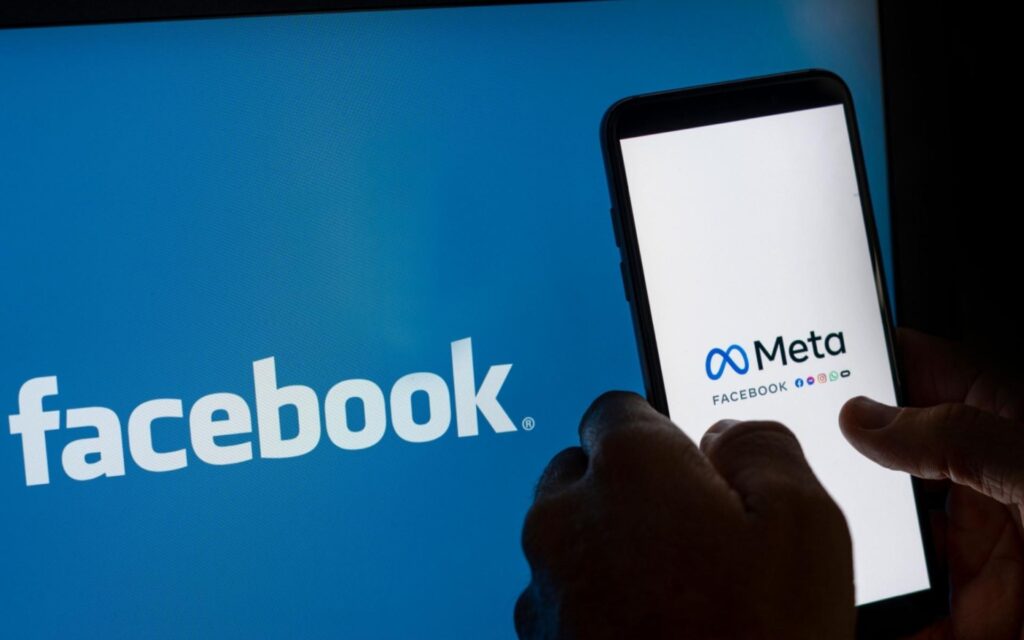Meta Lists 4 Ranking Signals For Video On Facebook

Meta utilizes these four signal types to decide the kind of videos that should be shown to most Facebook users.
Meta provides four indicators it uses to determine which videos get broad spread on Facebook.
The signals with the most significant influence on the distribution of videos are:
- Originality
- Audience retention
- Loyalty of the audience
- Engagement
We’ll discuss each signal in greater detail in the sections below.
In an article on its blog, Meta summarizes its video distribution strategy:
“Facebook’s video ecosystem is a place to share original content and encourages deliberate and consistent consumption. We want the videos we offer that we publish to be genuine, lasting and enjoyable that can convert people who are not fans into avid followers.”
In other words, If you create original content that keeps viewers returning to the content, it will be seen more often.

This is the simplest explanation, but. For more details, continue by reading the following sections.
1. Originality
Facebook favors videos made by the team or person who are publishing them.
Facebook will also prioritize videos that aren’t entirely original if the creator can add something significant to the original material.
A good instance of semi-original content might be the creator who adds unique commentary to a video created by another person.
Meta insists that users not publish content they did not have a significant role in creating.
2. Retention of Audience
The ability to keep viewers engaged with a film until the final minute is a great marketing signal for content that is posted on Facebook.
Meta describes in a blog post:
“Retention” is among the measures of how well the viewers appreciate the content – an incline that is gradual and slow in the graph of audience retention could indicate that the subject and format of the video are in line with what the audience would like to see. On the other hand, the rapid drop in retention could indicate that the content isn’t what the viewers expected.”
What is the reason SEO can be complicated? Semrush gives you an honest analysis of your site’s performance, backed by the most reliable infographics, data, and tips for actionable.
Meta suggests planning videos around a narrative, creating videos that can be viewed on mobile devices, and investing in high-quality products to improve the retention of viewers for videos.
3. Loyalty of the Audience
Additionally, in addition to considering audience retention as a ranking indicator for videos, The Facebook algorithm also evaluates its audience’s loyalty level.
Loyalty is the term used to explain how frequently viewers return to view longer of creator’s material.
The loyalty signal gets greater when Facebook users look up a creator’s videos or go to the creator’s profile to view their videos.
Meta suggests posting “bonus” content between high-quality uploads to build the number of time viewers spend with your site. For instance, you could upload low-production reels while you work to create your next longer-form film.
Meta also recommends optimizing Facebook results by providing specific titles and descriptions and using relevant hashtags.
4. Engagement
Facebook prefers videos that can spark conversations and interaction.
The interaction between people can help spread the message further, for example, by sharing the video with a person.
Though comments and responses are considered ranking signals, the creators must avoid using baits to entice people into engagement.
Engagement bait is among the negative ranking signals of Facebook that we’ll look at in the following section.
Negative Ranking Signals For Video On Facebook
Particular strategies can limit the number of videos that are shared on Facebook. Facebook.
Meta advises against doing these actions if you would like your videos to be noticed by a broad audience:
- Engagement bait Engage bait: urging users to interact with the content by making captions that read, “like this post if you agree!”
- Watch bait intentionally withholding information to encourage viewers to stay through.
- Clickbait entices viewers to click on a hyperlink to access information that is intentionally left out of the video.
Together with the fact that they can reduce distribution, the above methods can render a video unsuitable to be monetized.

